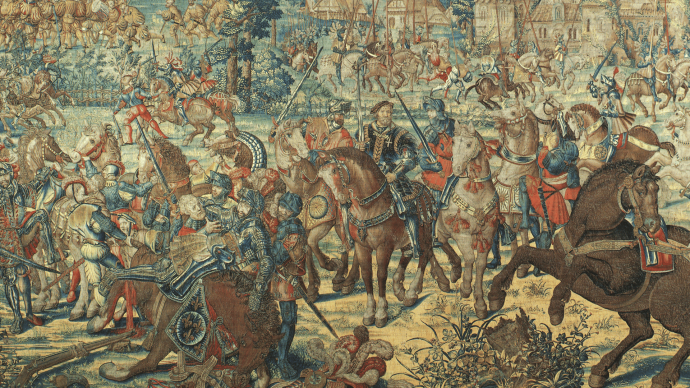- Parks
Geology and mineral resources
In the early phases of the Cretaceous age, about 130 million years ago, the Tethys ocean began to disappear and the collision of two continents (Paleo-Europe and Paleo-Africa), in a continuous and still ongoing process, led to the formation of the Alps.
The current geological features of Valmalenco, thanks to the complex relationships between its most typical rocks (serpentinite and associated rocks), is a testimony to the "fossil" remains of the continental margin (Paleo-Africa) and the ocean (Western Tethys).
The first miners who inhabited Valmalenco during the Iron age did not know the origin of the widespread serpentinite, but they learned how to recognize iron and copper mineralizations and to extract metals through simple fusion processes. The first miners during the Middle ages - and probably even during the Roman age - learned how to extract and work soapstone to make pots and slabs for roof coverings.
The complex geological history of Valmalenco and the wide range of surfacing rocks corresponds to a rich and expectional presence of minerals of great economical, scientific and collectible interest: demantoid, quartz, perovskite, artinite, brugnatellite are only some of the most famous minerals.
Several studies, mineralogists and aficionados helped, also with the discovery of new minerals, making Valmalenco famous in this field.
Besides countless scientific studies and publications, there are important collections dedicated to the minerals of Valmalenco.
Part of the huge mineralogic collection belonging to the famous Milanese academic Pietro Sigismund (1874-1962), is now in the Museo Storico, Etnografico e Naturalistico della Valmalenco (Historical, ethnographic and naturalistic museum of Valmalenco). Here it is possible to admire, in a collection of great historical value, 180 rocks found by the researcher in Valmalenco.
At the Centro servizi in Chiesa in Valmalenco has been set up the exhibition "Geology and mineral resources of Valmalenco".
Professor Fulvio Grazioli (1913-1991) - famous for his talent as a mineral researcher and the great effort dedicated to this passion - managed to put together the richiest and most complete collections of minerals of Valmalenco (almost 12.000 samples that he found during his researches in the Province of Sondrio. The most relevant minerals of Grazioli's collection are exposed at the Martinengo Palace in Sondrio.
